One of the most common knee injuries is an anterior cruciate ligament (ACL) injury, which can be a sprain or a rupture. Athletes who play sports such as soccer or basketball are at a higher risk of sustaining an ACL injury than usual. If ACL is unfortunately injured, depending on the severity of the injury, a doctor may recommend surgical treatment so that the knee can regain its function.
► What is an anterior cruciate ligament injury?
Half of the anterior cruciate ligament (ACL) injuries occur with damage to other structures in the knee, such as cartilage, meniscus, or other ligaments.
ACL injuries can be classified into 3 grades of severity as follows:
• Grade 1: The ligament is mildly damaged. It is slightly stretched but can still help keep the knee joint stable.
• Grade 2: The ligament is stretched to the point of becoming loose, commonly referred to as a partial tear of the ligament.
• Grade 3: The ligament is completely torn. The ligament may be split in two or pulled away from the bone, resulting in knee instability.
The condition of a partial tear of the anterior cruciate ligament is very rare; most ACL injuries are complete or nearly complete tears.
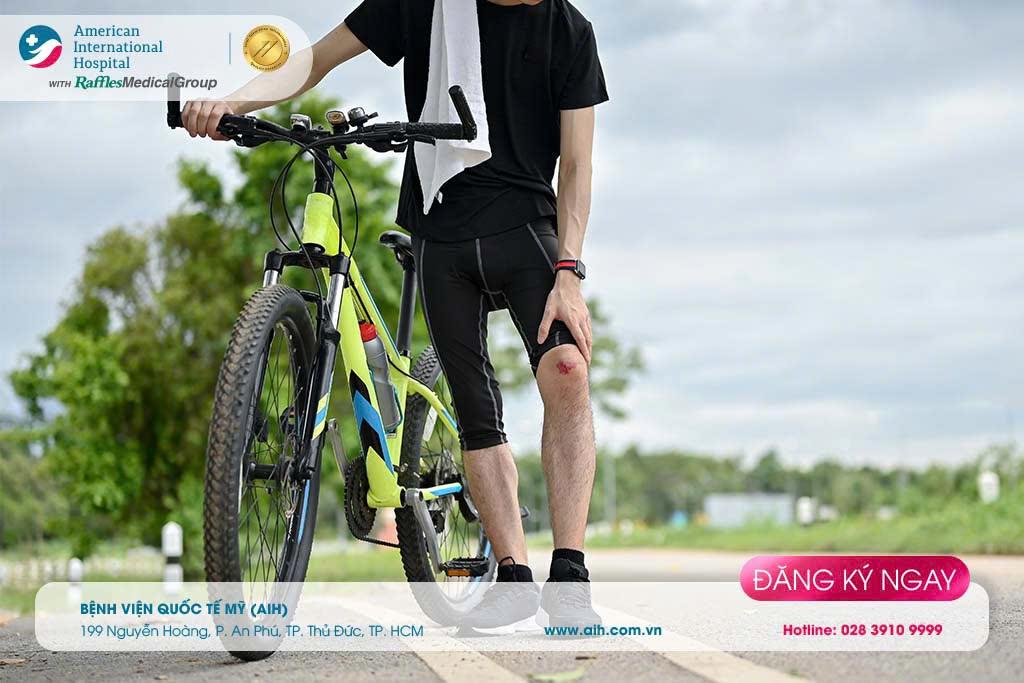 ► Who can suffer from a torn ACL in the knee?
► Who can suffer from a torn ACL in the knee? There are many factors that increase the risk of anterior cruciate ligament (ACL) injury, including:
Female gender: This may be due to differences in anatomy, muscle strength, and the influence of hormones.
Participating in sports: Sports such as soccer, rugby, basketball, gymnastics, and skiing have a high risk of causing ACL injuries.
Poor physical condition: Lack of adequate physical preparation can increase the risk of injury.
Using incorrect technical movements: For example, bringing the knees inward while performing a squat can lead to injuries of the ACL in the knee.
Wearing inappropriate shoes: Using ill-fitting shoes can affect movement and lead to injuries.
Using poorly maintained sports equipment: For instance, using ski equipment that is not properly adjusted.
Playing on artificial turf: This type of surface can increase the risk of ACL injuries due to its surface characteristics.
► Causes of ACL injury
The anterior cruciate ligament (ACL) can be injured in several ways:
Sudden changes in direction
Abrupt stops
Deceleration while running
Improper landing after jumping
Direct contact or collisions, such as those occurring during tackles or blocks in football
Many studies have shown that female athletes have a higher rate of ACL injuries compared to males in certain sports. The reasons include differences in physical conditions, muscle strength, and neuromuscular control. Other causes include differences in pelvic and leg bone structure, laxity in ligaments, and the effects of estrogen on the properties of ligaments.
► Symptoms of ACL injury
When you have an anterior cruciate ligament (ACL) injury, you may hear a “pop” and feel your knee dislocated. Other typical symptoms include:
Pain with swelling: Within 24 hours, your knee will swell and hurt; if you rest properly, the injury will heal on its own. However, if you try to return to sports or engage in vigorous activity before the injury has healed, the knee may become unstable and there is a risk of further damage to the meniscus of the knee.
Loss of full range of motion: Your ability to move your knee will be limited.
Pain when touching the joint line: The area around the joint will be very sensitive.
Discomfort when walking: You may feel uncomfortable or experience pain when walking.
► Complications of anterior cruciate ligament injury
Individuals who experience anterior cruciate ligament (ACL) injuries have a high risk of developing osteoarthritis in the knee. Osteoarthritis can occur even after undergoing ligament reconstruction surgery. Several factors can influence the risk of developing arthritis, including the severity of the initial injury, the impact from other knee injuries, or the intensity of training during the recovery process.
► Diagnostic accuracy
Clinical examination and medical history interview
• Discussion of symptoms and medical history: The doctor will ask about the symptoms you are experiencing and inquire about any previous injuries or related issues.
• Clinical examination: The doctor will examine the injured knee. Most ligament injuries can be diagnosed through clinical examination.
Imaging tests
Other tests that can help the doctor confirm the diagnosis include:
X-ray: Although X-rays do not show damage to the anterior cruciate ligament, this option helps rule out the possibility of a bone fracture.
Magnetic Resonance Imaging (MRI): MRI provides clearer images than X-rays regarding the extent of damage to the anterior cruciate ligament along with other signs of tissue injury in the knee, such as cartilage and tendons.
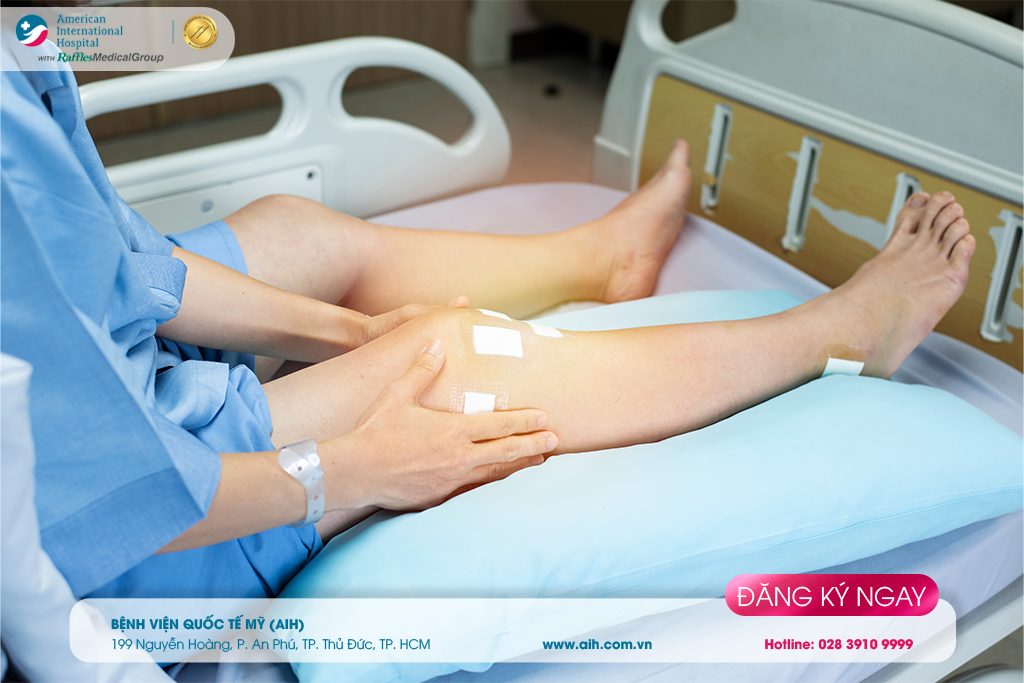 ► Treatment of ACL injury
► Treatment of ACL injury Non-surgical treatment: Non-surgical treatment is suitable for grade 1 injuries. The doctor will perform immobilization or use a brace, along with physical therapy, to help the patient gradually return to normal activities and sports training.
Surgical treatment: Surgical treatment is recommended for individuals with a complete tear of the anterior cruciate ligament or grade 3 injuries; knee ligament reconstruction surgery is the best option. After surgery, if physical therapy exercises are combined with other rehabilitation methods as prescribed by the doctor, patients can return to sports after 12 months.
► Preventing ACL Injuries
Use proper technique when playing sports or training
To minimize the risk of anterior cruciate ligament (ACL) injury, using proper technique in sports and training is very important.
It is essential to warm up before exercising or playing sports to reduce the risk of injury in general and specifically to prevent ACL tears.
Using knee protection
Using knee protection when participating in sports can reduce knee injuries. And most importantly, it is necessary to consult the advice of a sports medicine physician, physical therapist, or sports coach to be guided on suitable exercises that help limit injuries.
--------------------
For checkup and consultation at AIH:
☎ Hotline: (028) 3910 9999
🌏 Website: www.aih.com.vn
📍Address: (Entrance from 199 Nguyen Hoang Street) No.6, Bac Nam 3 Street, An Phu Ward, Thu Duc City, Ho Chi Minh City.

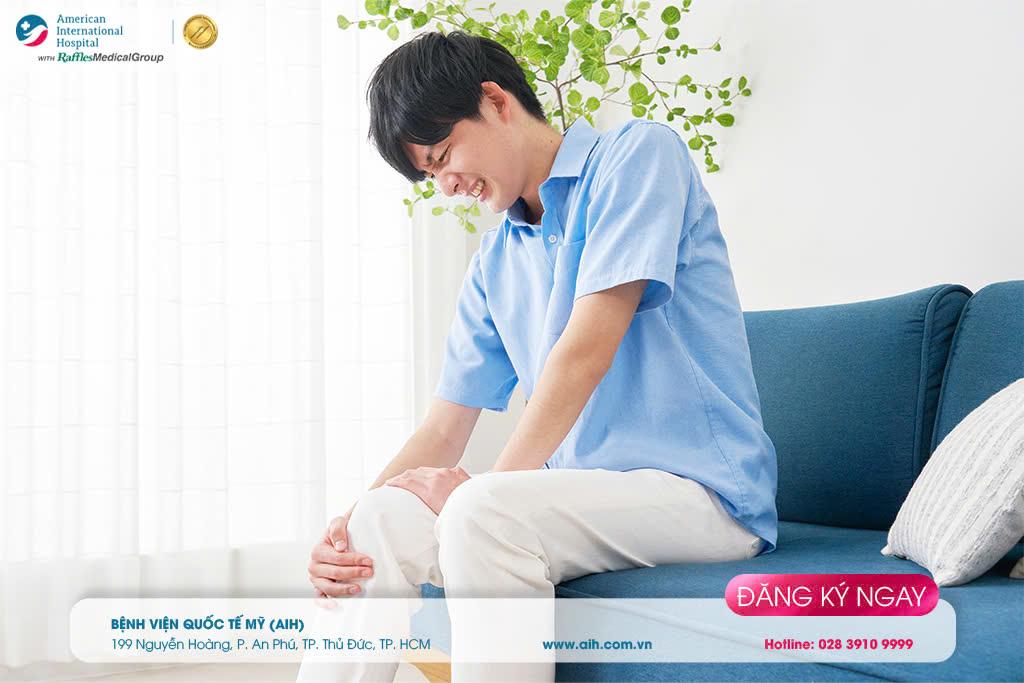

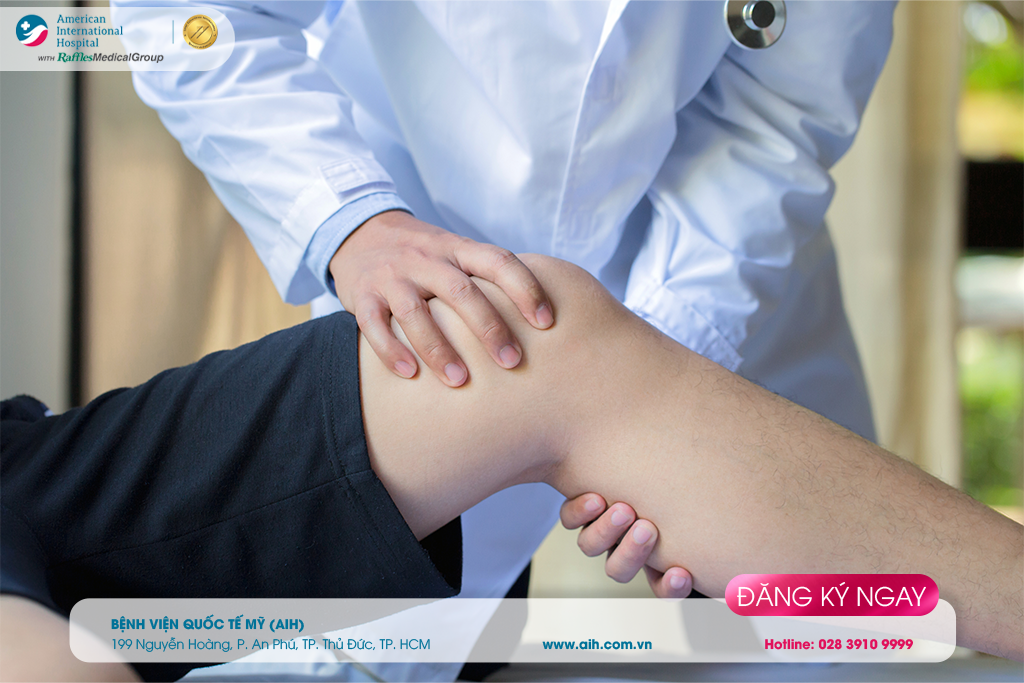
































































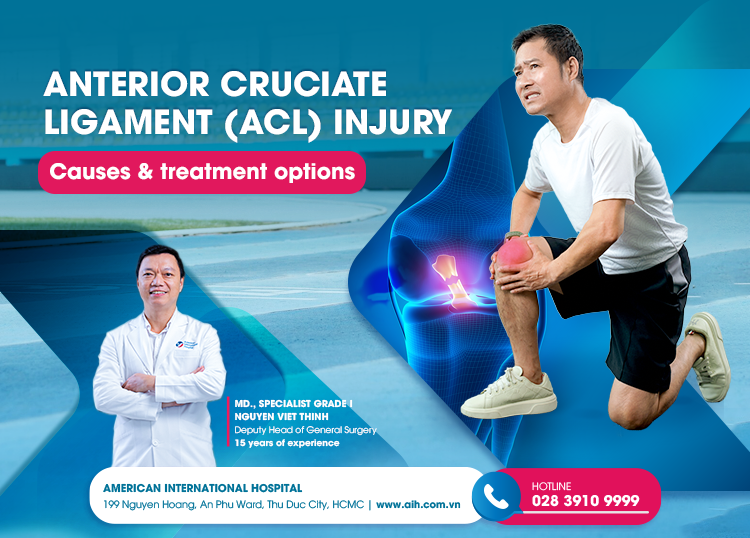



Để lại bình luận